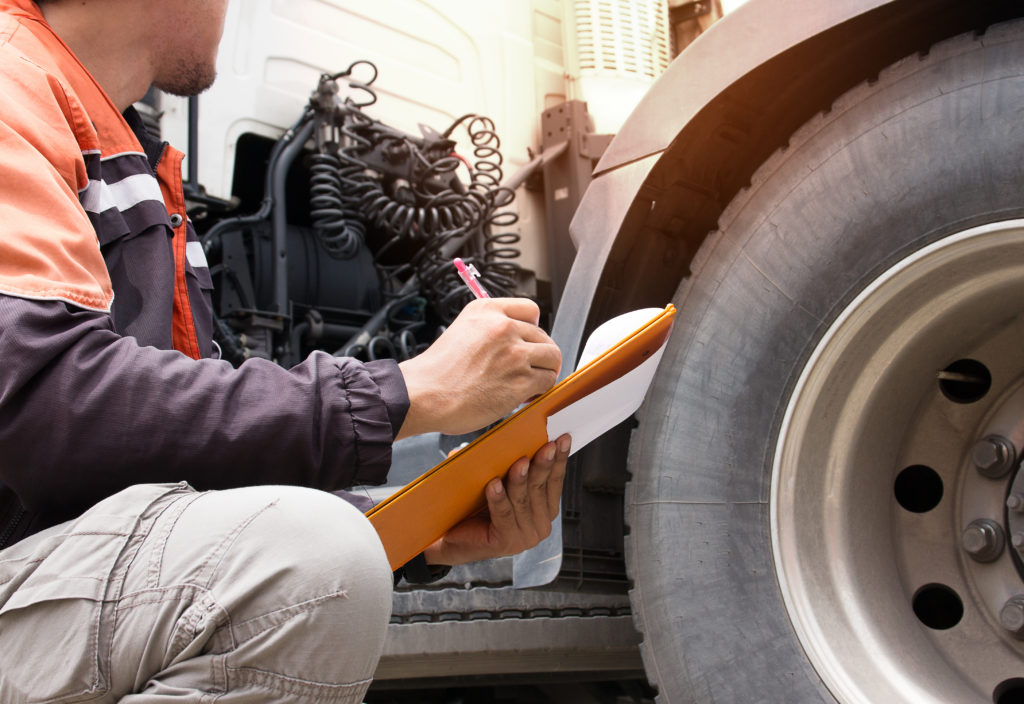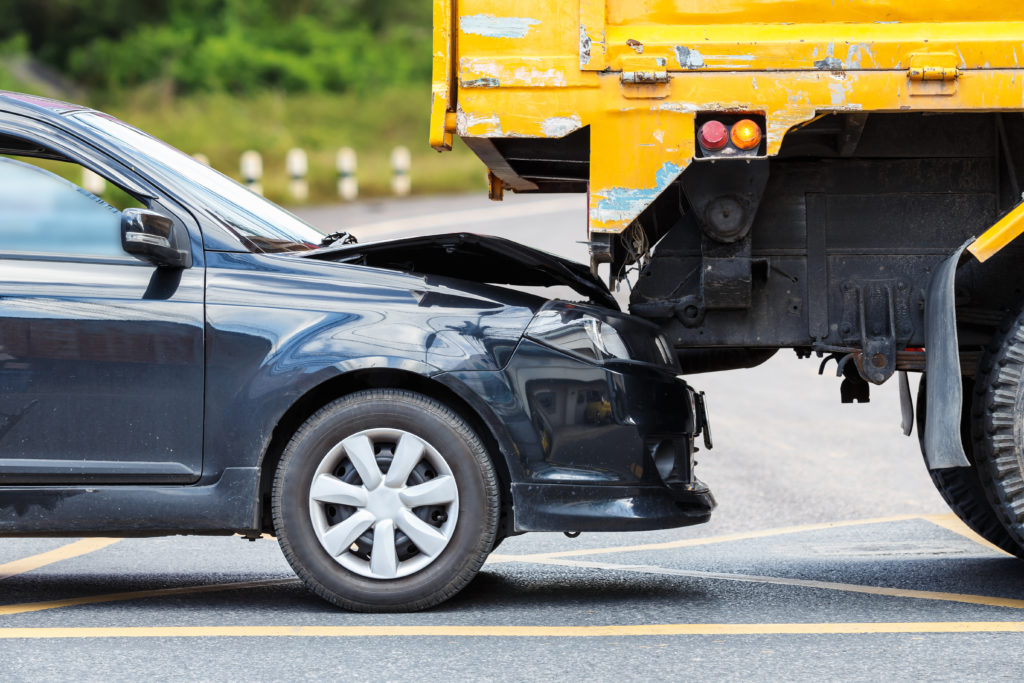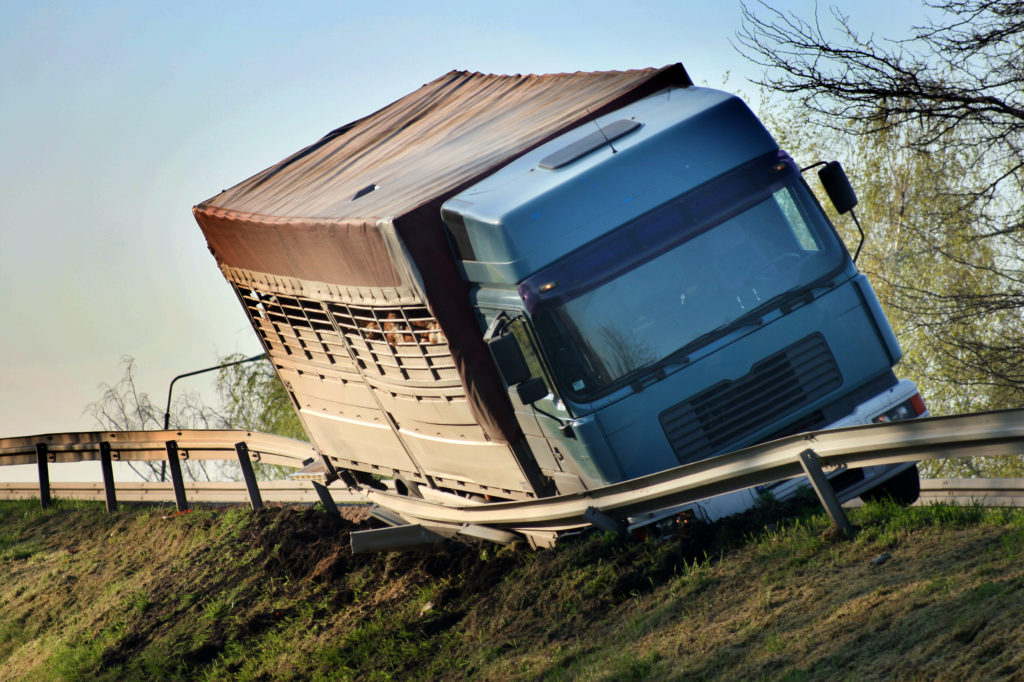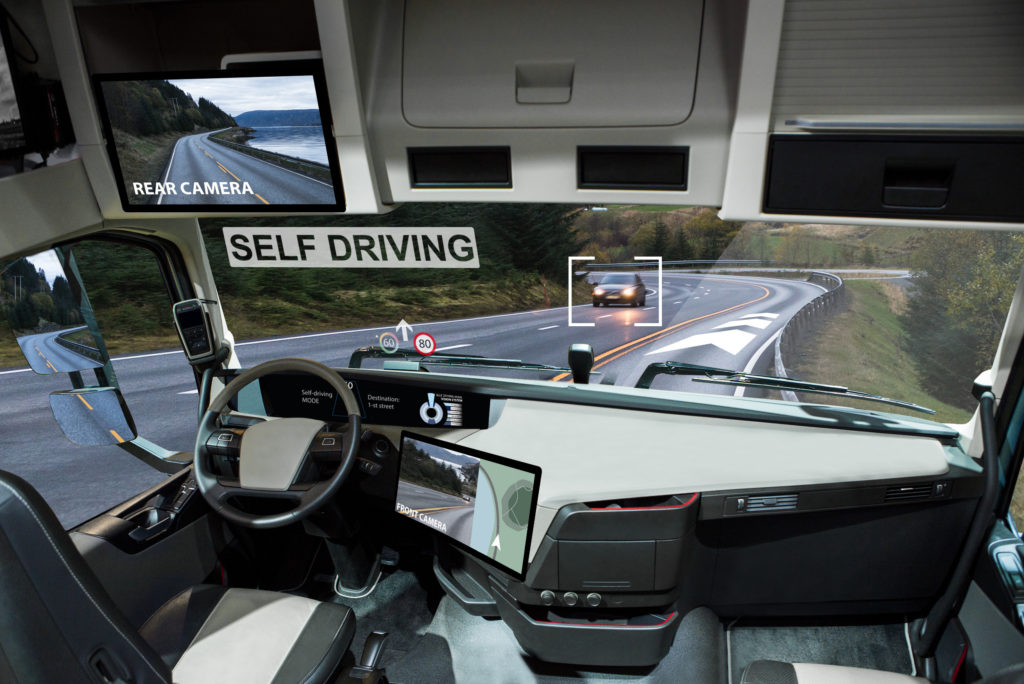
For trucking industry employees, commercial trucking can bring many difficulties. From month-long waits for payments, rate negotiations, and problems tracking data, the industry itself can be overly costly and inefficient.
Enter Uber Freight: an app introduced by Uber in 2017, which lets both drivers and owner/operators claim shipments easily, right on their mobile devices.
Here’s what it does: in an era of truck driver shortage, the app aims to motivate more workers to enter this career path by making load-matching easier. Although there are currently other apps out there with similar capabilities, Uber Freight is meant to allow drivers to book shipments without a middleman.
It also has fixed rates with instant confirmation, seven-day payment guarantees for drivers (as opposed to common 30-day guarantees in the industry), tracking tools, and customizable preferences.
Because Uber Freight drivers can book their own loads any time through the app, they no longer need to worry about rate negotiations or having to communicate with shippers over the phone or by fax. They also have quick access to trusted shippers–therefore giving them more overall control and convenience in their careers.
So, how does insurance for Uber Freight drivers work?
As is the case right now for most rideshare app drivers, Uber Freight drivers must cover damages of an accident (should they be at fault) from their own insurance. Uber Freight drivers are required to have a plan with at least $100,000 in liability coverage for their cargo as well as $1 million for the truck itself. Although this coverage could potentially pay for damages in an Uber Freight-driver-caused accident, Uber itself would not be liable, as drivers are not hired as employees, but as independent contractors.
Because of this, the driver would take on all responsibility for the accident and damage coverage–something that is not always the case with other commercial truck drivers.
What does this mean for innocent drivers involved in the crash?
Because the insurance would generally cover the truck and its cargo, there is no guarantee that car damage or even hospital bills would be fully covered should the other driver be hurt.
However in “fault car accident” states, such as California, at-fault parties can include maintenance crews or even the city for unsafe roadways, as well as the truck manufacturer itself. An Uber Freight driver’s coverage would only pay for the damages caused by his or her own actions.
This could change soon, though. We reported recently on a new California law that is upending both Uber and Lyft by requiring drivers to be classified as official employees, rather than independent contractors.
California Governor Gavin Newsom just signed legislation that will change the business models of rideshare apps in order to allow gig economy workers to be reclassified.
The new law is predicted to have an enormous impact on the American workforce–especially when over 1 percent of laborers work for Lyft or Uber a number which also includes Uber Freight truck drivers.
Once the law becomes active in January 2020, all drivers for these companies will be allowed to work as employees and will have access to a minimum wage, unemployment benefits, disability insurance, and union rights.
Although it is currently unclear how exactly Uber Freight drivers’ benefits will function under the new legislation–as it exempts groups of workers who set their own rates and hours–it can be assumed these truck drivers will have benefits in alignment with their rideshare driver counterparts.
However, after the bill was passed this month, Uber began pursuing “several legal and political options” to continue classifying its drivers as independent contractors, saying their “work is outside the usual course of Uber’s business.”
Uber says this is possible because it claims its drivers pass the ABC test: A) Drivers are free from company control and direction; B) Drivers’ work falls beyond Uber’s usual business; C) Each driver is working as an independent business.
Whether or not their claims will prove Uber drivers exempt from the new law has yet to be decided.
Gig Workers Rising, an organization that has been campaigning in favor of the bill and aims to support and educate rideshare drivers, delivery drivers and couriers, continues to fight for workers on these career paths in order to help them gain better wages, working conditions and opportunities.




